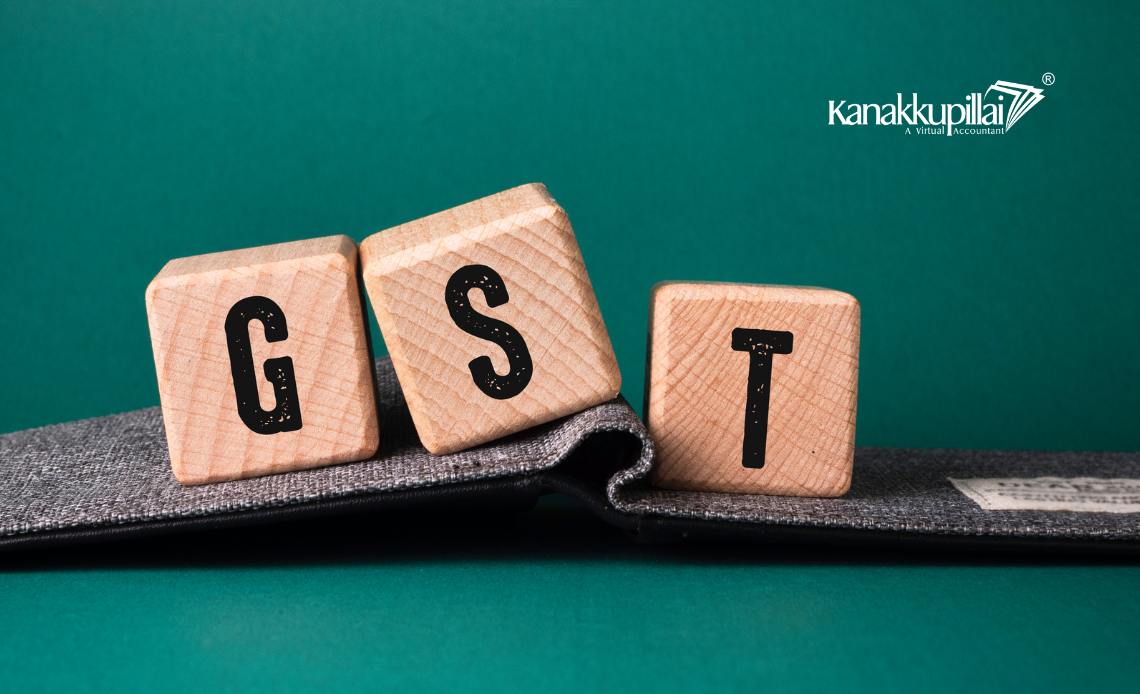Mobile phones are an essential part of daily life. They are not just used for calling. People use them for business, education, entertainment, banking, and even shopping. Because of their wide use, the Government of India has put clear rules under the Goods and Services Tax (GST) for mobile phones.
At present, GST on mobile phones is 18%. This tax applies to all types of devices, such as smartphones, tablets, and iPads. Dealers, manufacturers, and buyers must follow these GST rules.
This guide explains:
- The GST rate on mobile phones.
- The HSN code is used for classification.
- Rules for invoicing.
- How the input tax credit (ITC) can be claimed.
- The GST treatment of EMI purchases and warranty schemes
Where do Mobile Phones Fall under GST?
Under the GST regime, a mobile phone is considered a supply of goods. In India’s HSN (Harmonised System of Nomenclature), mobile phones are placed under Chapter 85. This chapter covers electrical machinery and equipment.
Mobile handsets fall under heading 8517, which is specifically for telephones, including smartphones.
From 1st April 2020, the GST rate on mobile phones has been 18%.
- For intra-state sales (the tax is divided as CGST 9% + SGST 9%).
- For inter-state sales, GST is charged as IGST at 18%.
HSN Classification
For invoices, quoting the correct HSN is mandatory if your turnover exceeds the prescribed threshold.
| Item | HSN Code |
| Mobile Phones | 8517 |
| Battery of a mobile phone | 8506 |
| Memory Card | 8523 |
| Earphones, headphones and speakers | 8518 |
| Plastic screen protector of a mobile phone | 3919 |
| Tempered Glass screen protector | 3923 |
When is GST Applicable to Mobile Phones?
GST applies to mobile phones when:
- A registered dealer sells them (retail, wholesale, or online).
- B2C e-commerce sales occur (marketplaces collect tax and deduct TCS under Section 52).
- Businesses procure mobiles for official use (they may claim input tax credit).
- Imports are made (IGST is levied on assessable value plus customs duty).
Tax type depends on the transaction:
- Intra-state: CGST 9% + SGST 9%
- Inter-state: IGST 18%
GST on Mobile Phone Repair Services and Spare Parts
Mobile phone repair services are classified as a service supply under GST and are taxed at 18%.
- Labour charges for repair: 18% GST
- Spare parts like display screens, batteries, headphone jacks, and other components are taxed at 18%
Mobile repair shops that purchase these parts for repair work can claim Input Tax Credit (ITC) on parts used for repairs.
Calculation of GST on Mobile Phones
The formula for GST calculation is:
GST Amount = (Price of Product × GST Rate) ÷ 100
Example:
- If the price of a mobile phone is ₹25,000
- GST @ 18% is applied = ₹4,500
- Total Price = ₹29,500
SGST, CGST, and IGST on Mobile Phones
The GST rate depends on whether the transaction is intra-state or inter-state.
Intra-state Sales
If a phone is sold within the same state:
- GST of 18% is split as 9% SGST + 9% CGST.
- Example: You buy a mobile phone for ₹20,000
18% GST on 20,000 = ₹3,600 (SGST ₹1,800 + CGST ₹1,800).
- Total Price of the mobile shall be ₹23,600.00.
Inter-state Sales
For sales across state borders:
- IGST is levied @ 18% on the entire value of the product.
- Example: A phone sold from Maharashtra to Karnataka is worth ₹20,000 – IGST = ₹3,600.
- Total price of the mobile phone shall be ₹23,600
Input Tax Credit (ITC)
For businesses buying phones
- ITC can be claimed if the phone is used for business purposes.
- ITC is not blocked under Section 17(5), but personal use must be avoided.
- Phones, capitalised as assets, can still attract ITC.
For Sellers
- ITC is available on inputs, input services, and capital goods used for selling mobiles.
- Ensure suppliers upload invoices so ITC reflects in GSTR-2B.
- Handle OEM price protection or discounts via proper credit notes.
EMI Schemes, Cashbacks, and Exchange Programs
- EMIs: GST is charged upfront on the full value of the mobile phone. The financing interest may be exempted.
- Cashbacks: If applied at the invoice stage, GST applies on the reduced value. If given later by a bank/wallet, no impact on the seller’s GST.
- Exchange offers: If the invoice shows a reduced value, GST applies on the net. If treated as two supplies, both transactions attract GST separately.
Warranty and Replacements
- Standard warranty: Included in sale price.
- Extended warranty: Taxed separately at 18%.
- Replacements: Use credit notes or delivery challans to document transactions. Maintain IMEI traceability.
Compliance Requirements for Mobile Phone Dealers
To stay compliant under the GST law, businesses dealing in mobile phones must have:
- GST registration: It is mandatory if turnover exceeds ₹40 lakhs for goods and services; ₹20 lakh in special category states.
- Correct HSN classification: All invoices must mention the HSN 8517 code
- E-way bill requirements: It is applicable for inter-state and high-value supplies.
- Regular GST Return Filing: GSTR-1 return is for outward supplies, GSTR-3B for consolidated tax liability.
- Reconciliation: Cross-verification with GSTR-2A/2B to avoid ITC mismatches.
- Record-Keeping: Proper documentation of imports, sales, discounts, and warranties.
Conclusion
GST on mobile phones is charged at a flat 18%, making the tax system easier to understand and the same across all states. While it made budget phones a bit costlier at first, it also removed the confusion of different state taxes and gave the enormous benefit of tax credits to the businesses. With recent duty cuts and growing local manufacturing, GST is helping the mobile market grow while keeping prices more transparent and fairer for customers.





